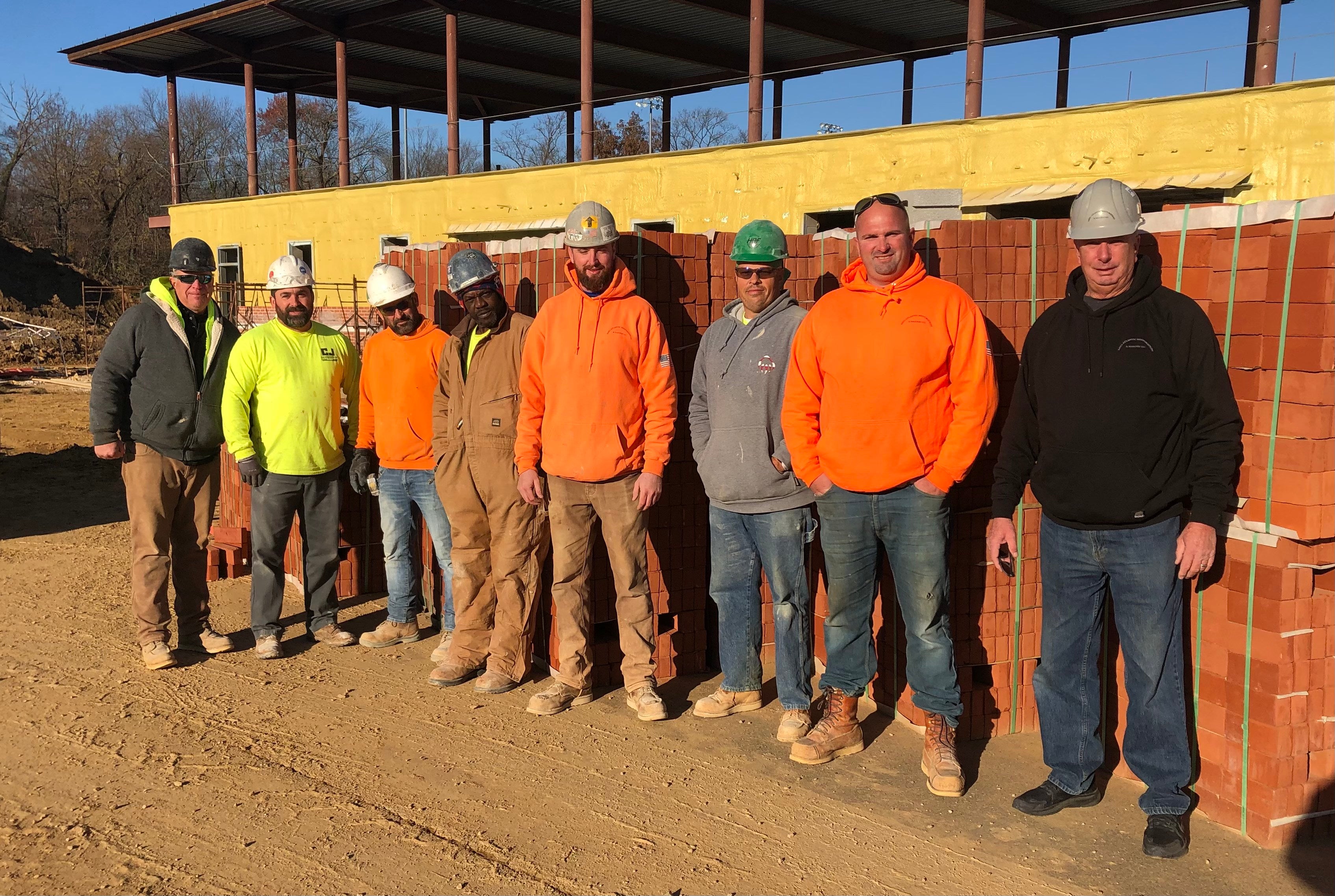For Philadelphia Contractor, Signing with BAC Was the 'Best Choice' in Years
Dave Thompson, owner of Mid-Atlantic Restoration & Masonry LLC of Aston, PA, started out as a BAC contractor in 1989, but went non-union in 2006. After 15 years and a lot of hard work by BAC Local 1 Pennsylvania/Delaware organizers, he recently made the decision to re-sign with BAC. “Last year, we decided to go with the collective bargaining agreement (CBA) with [BAC] to open up that door, that avenue for more work,” Thompson said. “And today, things are working well.”
A “driving force” to why he wanted to sign again with the union was “to get my guys a good benefit package.” He also wanted to get back to doing more restoration and prevailing wage work within the city limits of Philadelphia, and he knew that a partnership with BAC would provide more opportunities.
“Bringing Mid-Atlantic Restoration & Masonry back to the union is a direct product of BAC’s Market Recovery Program,” explained Local 1 PA/DE Field Representative Al Martino. “Building a relationship with Dave Thompson, with an open line of communication, was critical to our organizing.”
Skilled Workforce

Mid-Atlantic immediately experienced the main benefit of working with the best hands in the business. “Every time I call, I get a good bricklayer,” said Dylan Thompson, Vice President for Operations and Dave’s son. “Everything has been great with the union guys… all the apprentices we see are doing good and know their stuff.”
“Everyone I have right now is excellent. I wouldn’t trade any one of these guys for anything.” said Dave Thompson. He confirmed that signing the CBA with BAC is the “best choice [he has] made in years.”
Stick With It
Martino advises other BAC organizers and principal officers working to organize non-union contractors to “stay on it.”
“We know we provide the best skilled crafts people in our industry,” Martino said. “Joining the union is the best way for a contractor to provide benefits and get more prevailing wage work. We also have the certifications and training necessary for any contractor that wants to do more restoration work. It is just a matter of continuing to build that relationship.”
